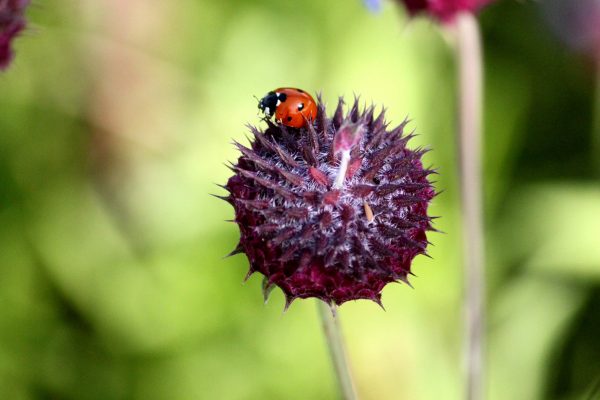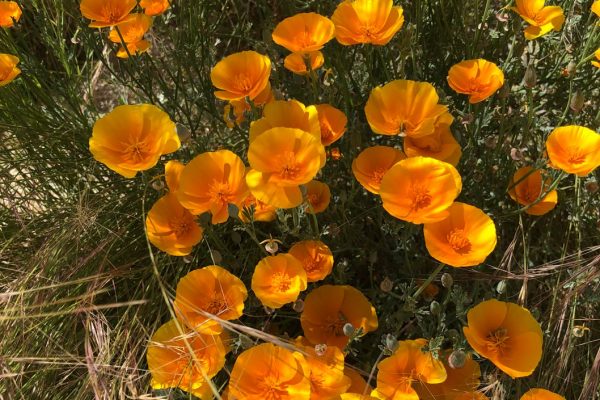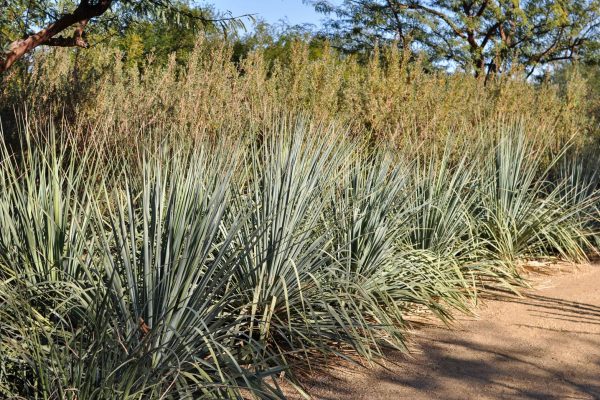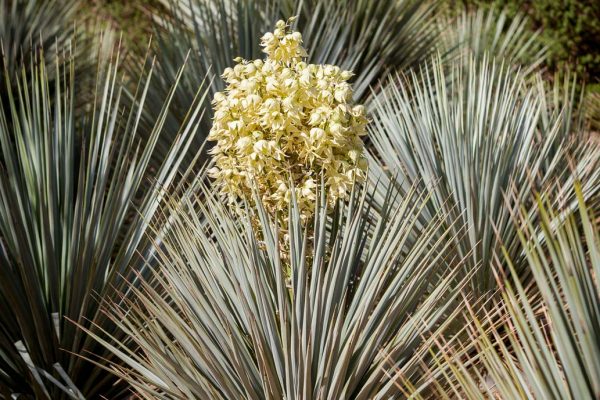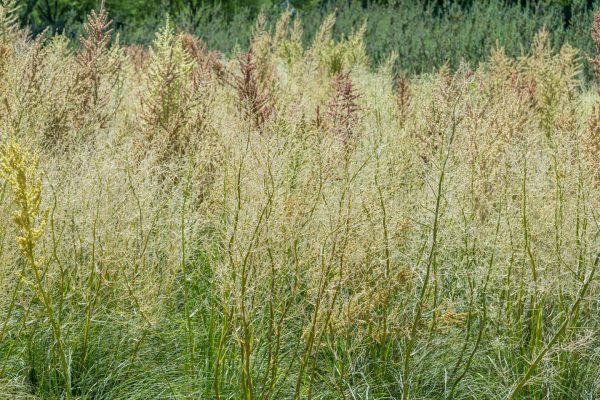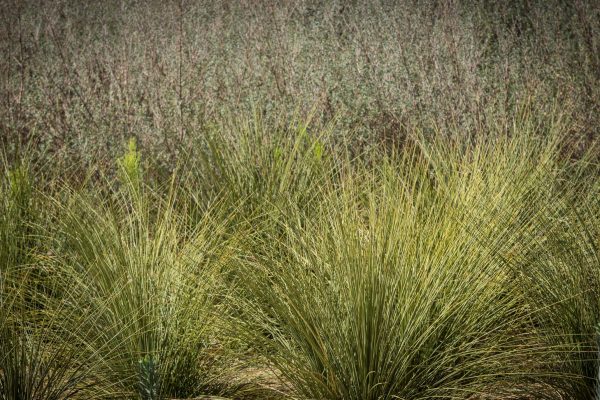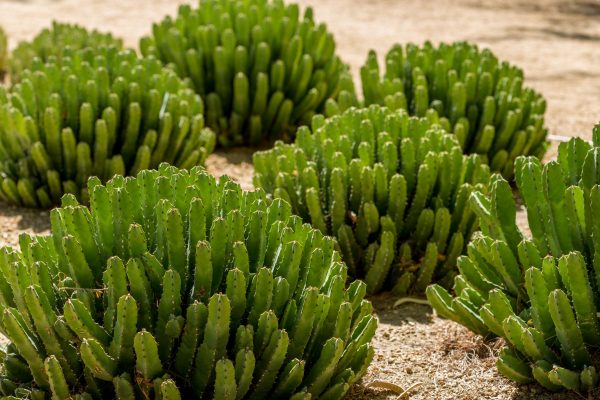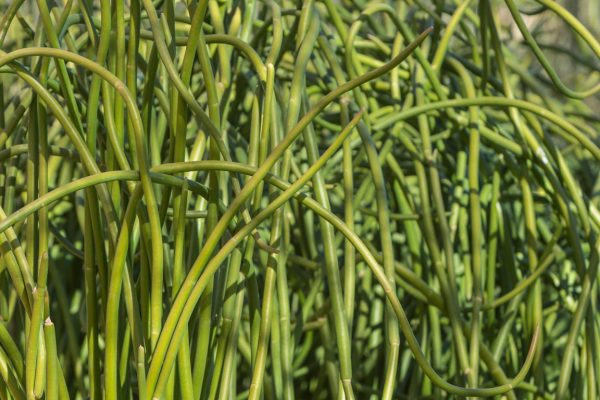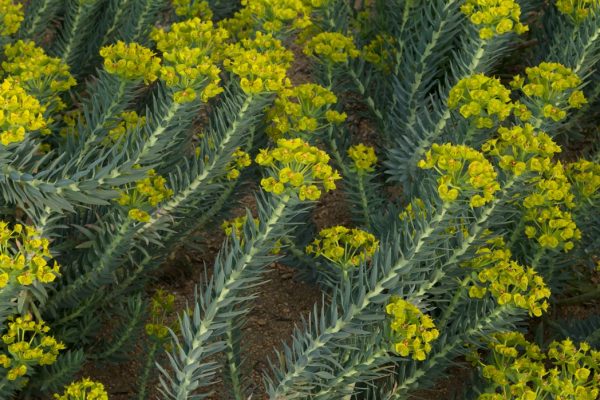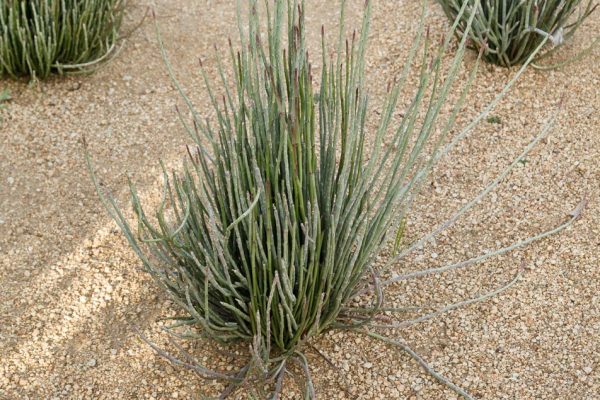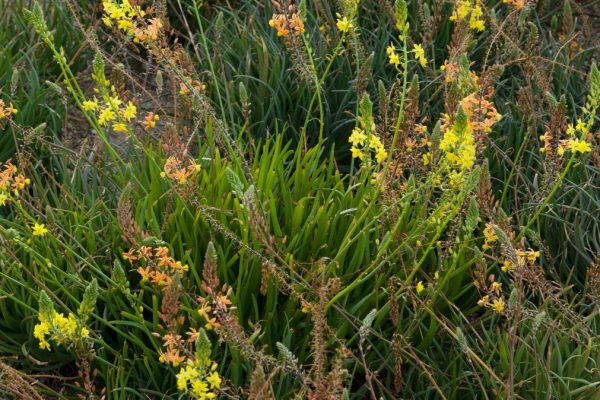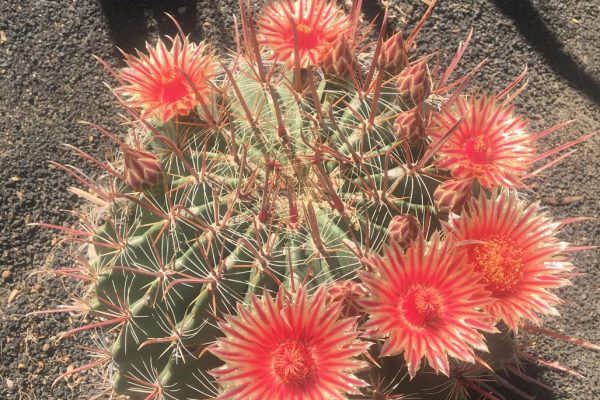Chia has been heavily cultivated and commercialized to produce chia seed for the food market and, of course, the ever popular Chia Pet™. It is touted for its health and energy boosting characteristics. It is not an easy wildflower to find naturally growing outside of boom wildflower years, and would be easily overlooked by casual hikers who are unaware of the significant lore surrounding it. It is an important food source for wildlife and humans.
The Chia are small, with flat, frilly leaves that spread out from the base. As a member of the mint family, the Chia stalk has four flat sides. In a crosscutting, the stalk would appear as a square. Blooms are round bracts with flower clusters that are distributed up the stalk.
It is found in California, Nevada, Utah, Arizona, and New Mexico in the United States. In Mexico, it’s found in Sonora and Baja California.
The Wildflower Field
The wildflower field at Sunnylands is overseeded annually with native wildflowers and bunch grasses. This provides visitors with a view of the larger cyclical bloom cycles that we have in the desert. Starting in February, a variety of native species and bunch grasses begin emerging. Each year the vegetation varies slightly, depending on which seed dominates the space. The field can range in color from purples to oranges, whites, and pinks, with a variety of combinations. We cannot guarantee that all wildflowers will be present each year.
